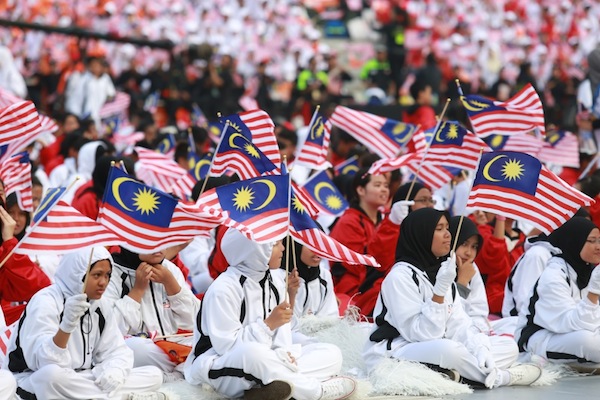KUALA LUMPUR, Sept 3 — The intake to Malaysia’s universities is still biased against ethnic minorities despite a dismantling of the racial quota system more than a decade ago, community representatives told British news agency BBC News recently.
In a report published online by the BBC yesterday, a non-Malay lawmaker alleged that the university entries this year were “the most unfair and biased” for ethnic minorities in decades.
“This year’s intake resulted in many students with (perfect scores) of 4.0 cumulative grade point averages not getting courses of their choice, or worse, not being given places at all,” MIC treasurer Senator Datuk Jaspal Singh told BBC.
Jaspal claimed that despite the number of Indian applicants remaining constant, the number of those who succeeded has dropped by more than half compared to the decade when the racial quota was practised.
A total of 41,573 places were offered in government-funded public universities this year, and successful Indian applicants only made up four per cent of the total.
Chinese applicants were awarded 19 per cent of the places, down by a third according to Chinese representatives.
The remaining spots, 77 per cent of them, went to the Bumiputera.
MCA Youth Education Bureau Chief Chong Sin Woon claimed that there are huge discrepancies in the marking of pre-university courses, leading to the perception that the Chinese and Indians have to work much harder than fellow Bumiputera students to win a spot.
The Bumiputera currently have a choice to complete a one-year matriculation course, compared to non-Bumiputera students who usually have to resort to the Malaysian Higher School Certificate (STPM), which takes two years.
Compared to matriculation, STPM is also seen as academically more challenging as it is linked to the University of Cambridge local examination syndicate, and is equivalent to the British A-Levels certificate.
“So it’s already an unfair platform even before you apply for university,” Chong told the BBC.
Chong related that he has received 19 complaints from students who were not offered a place despite scoring perfect marks, a record number that he described as “alarming”.
The Ministry of Education, however, insisted that the two programmes are comparable with each other, and denied the correlation between race and university intake.
“The entire university intake issue in Malaysia has nothing to do with race,” said MIC’s P. Kamalanathan.
The deputy minister of education and higher learning II stressed that the result this year is proof that the system was based on merit instead, pointing out that 76 per cent of Chinese applicants were successful, compared to 72 per cent from Bumiputera.
Of the Indians, 69 per cent succeeded, the Hulu Selangor MP said
“The success rate of the Chinese community in university is the highest in this country,” Kamalanathan told the BBC.
According to the deputy minister, the reason why some Chinese and Indian applicants failed to gain places is because of intense competition for a limited number of places on courses popular with the community.
There were also applicants with perfect scores who refused to accept intakes in programmes that they had not applied for, he added.
In July, a coalition of Malay rights groups had complained that the disparity between urban and rural schools meant merit-based education will be injurious to Malay students’ chances.
Tan Sri Prof Ibrahim Abu Shah, former deputy chancellor for Universiti Teknologi Mara (UiTM), had proposed in June that the education system be restructured in order to return “justice” to Malay students, claiming the system, as it is now, benefited Chinese students.
In 2002, then prime minister Tun Dr Mahathir Mohamad had replaced the racial quotas for public university with meritocracy-based intake to spur healthy competition among Malay students.
The quota system had previously reserved 55 per cent of university places for Malay and Bumiputera students.
The Bumiputera make up 60 per cent of Malaysian population, with Chinese making up 23 per cent, Indians seven per cent, and other ethnicities making up the rest.



















